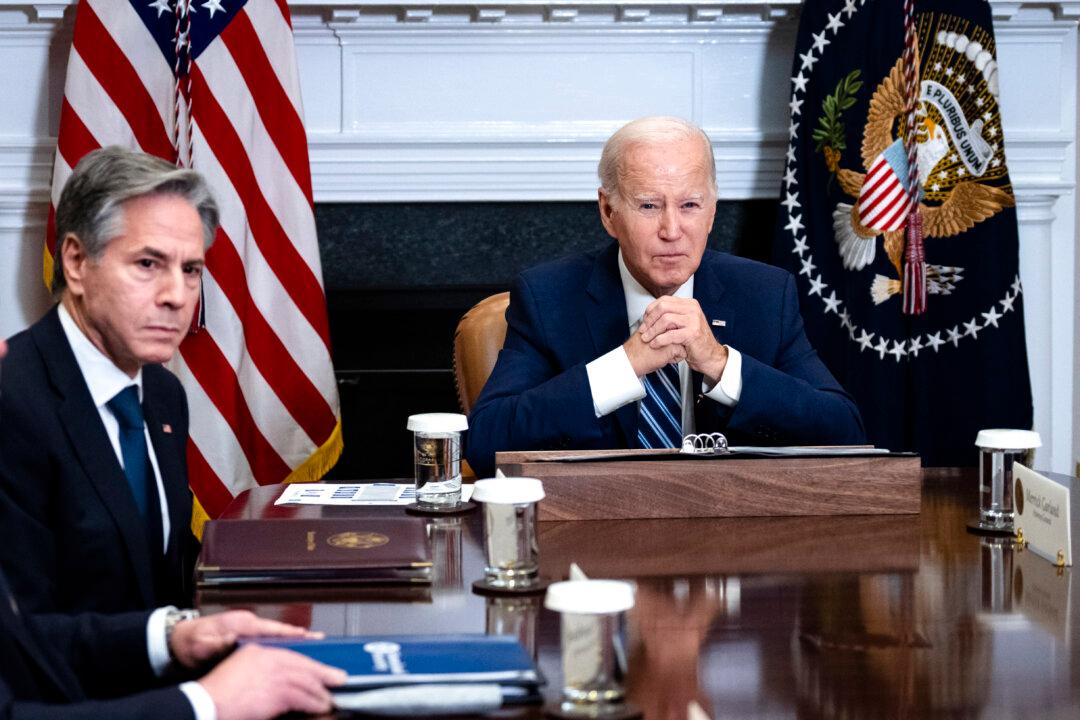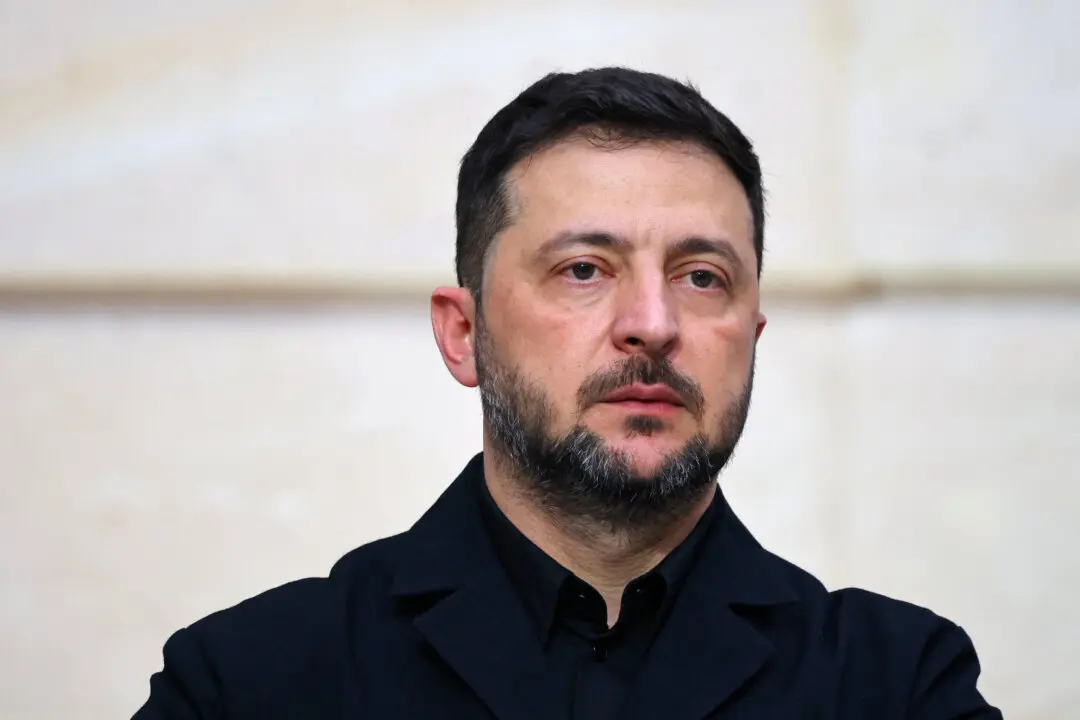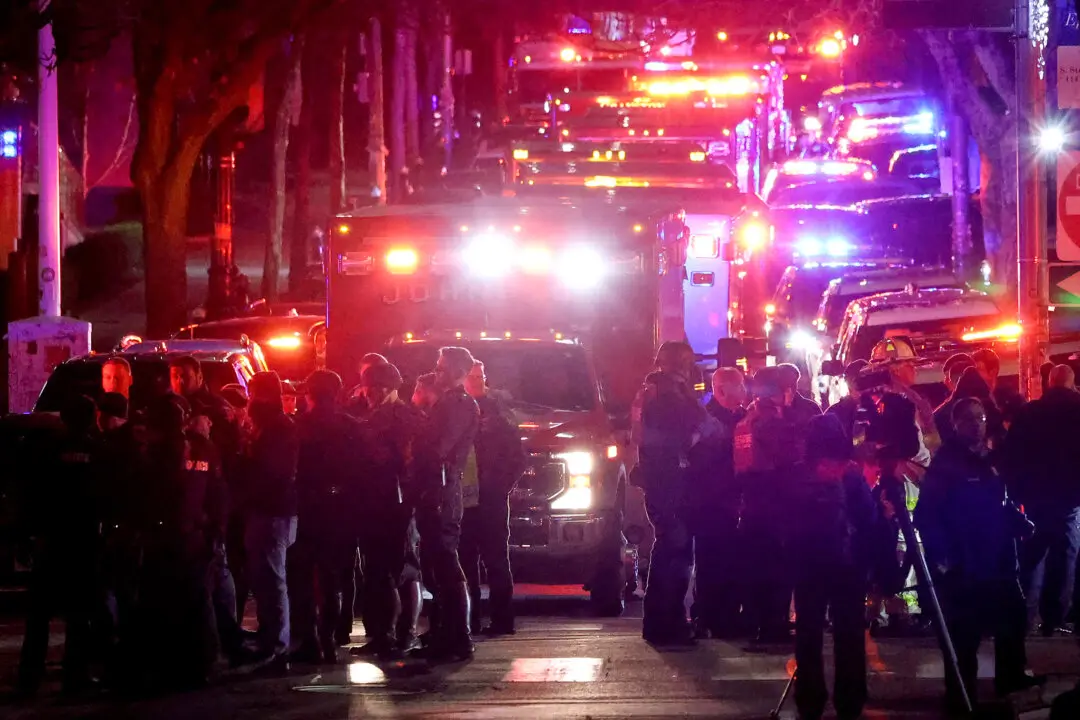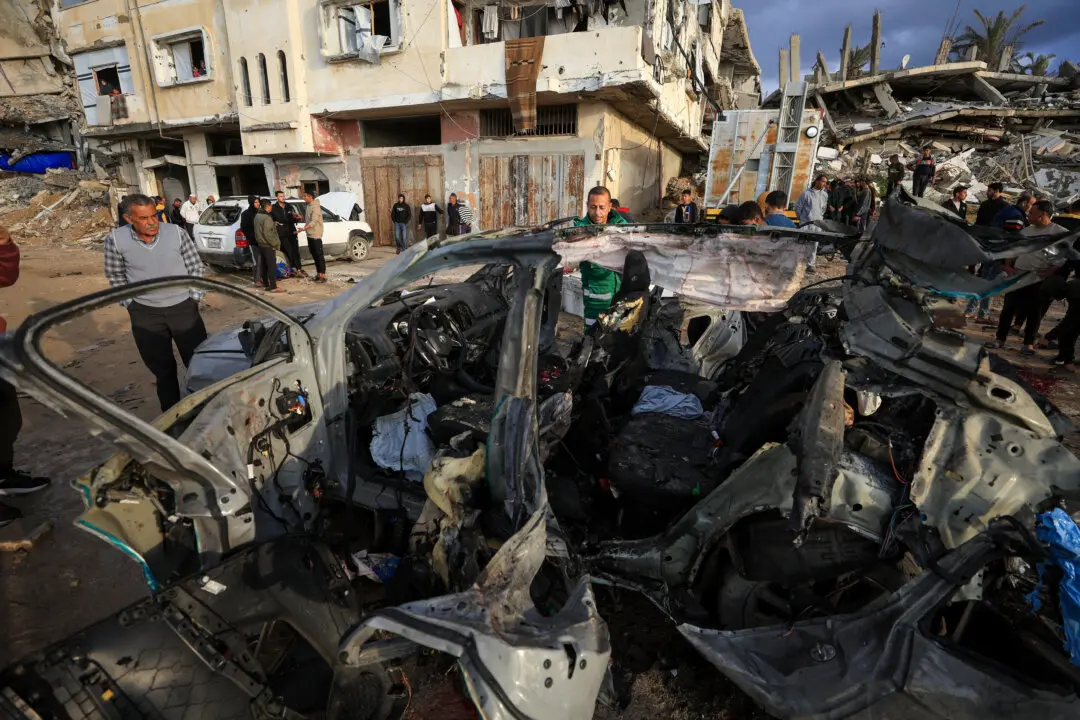U.S., Qatari, and Egyptian intermediaries have offered a plan to bridge the final gaps in a cease-fire proposal that they hope could soon end the war in the Gaza Strip after more than 10 months of fighting.
President Joe Biden announced the framework for the deal on May 31. Negotiators have been working in the weeks since to get Israel and the Hamas terrorist group to work through the remaining gaps to end the fighting, and to allow the exchange of hostages held by Hamas and prisoners held by Israel. Representatives from the United States, Qatar, and Egypt, which worked as the chief intermediaries, concluded three days of discussions in the Qatari capital of Doha on Aug. 16, signaling that a final deal is close.





